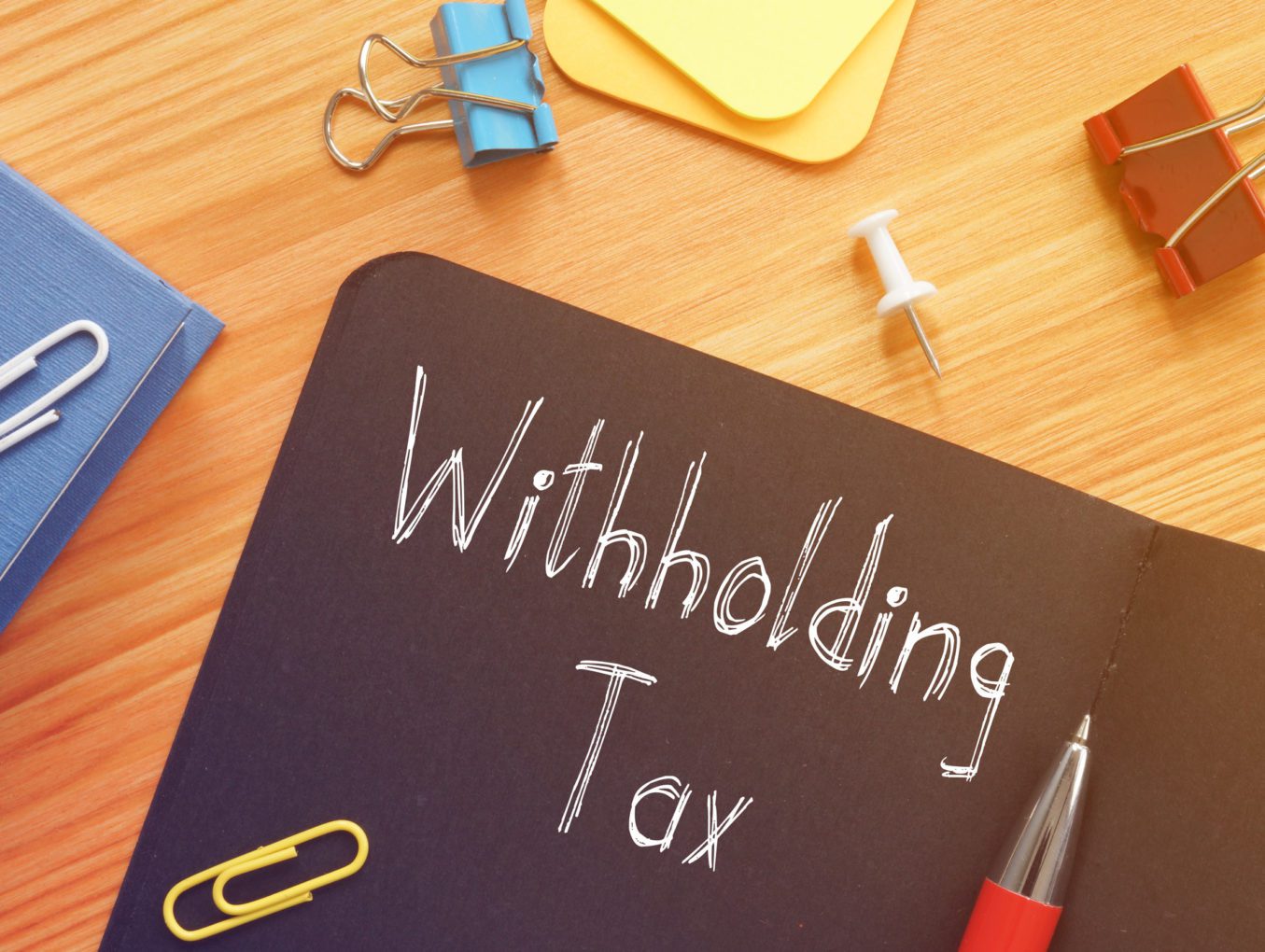What is Backup Withholding?
IRS backup withholding is a means for the agency to ensure taxes owed on certain income are paid in full when an individual has not correctly reported this income in the past. Under this arrangement, payers are required to withhold 24% of payments to an individual with backup withholding and remit those funds to the IRS.
Are You Subject to Backup Withholding?
You’re subject to backup withholding under the following circumstances: if the social security or taxpayer ID number you provided doesn’t match the one on record with the IRS, or if you underreported or failed to report dividend income or interest earned on previous tax returns.
The following categories of payments are subject to backup withholding:
- 1099-DIV: Dividends
- 1099-G: Government payments
- 1099-INT: Interest payments
- 1099-K: Transactions for debit and credit cards and from third-party payment networks
- 1099-MISC: Rents, profits, royalties, and other miscellaneous income
- 1099-NEC: Independent contractor income
- W-2G: Gambling winnings
Are You Exempt from Backup Withholding?
You are exempt from backup withholding if the name and social security number you provided match IRS records, you correctly reported previous dividends and interest income, and the IRS hasn’t notified you that you are subject to backup withholding.
In addition, some payments are exempt from backup withholding:
- Archer medical savings account distributions
- Canceled debts
- Employee stock ownership plan distributions
- Foreclosures and abandonments
- Long term care benefits
- Qualified tuition program earnings
- Real estate transactions
- Retirement account distributions
- State or local income tax refunds
- Unemployment compensation
Is Backup Withholding a Tax Penalty?
Backup withholding isn’t a tax penalty. It’s simply a way for the IRS to collect taxes owed on investment income when you haven’t correctly reported it on past returns. Any federal income tax withheld from payments due to backup withholding is stated on a 1099. This allows you to report the backup withholding amount as taxes withheld when filing your tax return.
How Do You Stop or Prevent Backup Withholding?
If you received a notice about IRS backup withholding, you probably wondered how to prevent or stop it from happening in similar situations. You can petition the IRS to stop backup withholding if you can prove one of the following conditions applies to your situation:
- You have corrected your error and filed an amended return
- You have also paid penalties and taxes
- Backup withholding is likely to create financial hardship
- You’ll correctly report your interests and dividends in the future
- The IRS erred, and you correctly reported interest and dividends
- You contacted the IRS and they investigated whether you underreported
If any of these apply, the IRS may stop backup withholding. When the agency agrees with your claims, they will send a certification letter by mail confirming that the withholding is no longer necessary. The IRS will also contact relevant payers and inform them they have stopped backup withholding.
How Much Time Do You Have to Correct the Error That Made You Subject to Backup Withholding?
You have 120 days to correct the errors.
Corrections include:
- Paying the amount owed, or
- Filing the missing tax return(s)
- Resolving the underreported income
- Providing the right taxpayer ID to the payer
Can You Get Backup Withholding Money Back?
Like many other types of tax overpayments, the IRS can refund backup withholding. Backup withholding from your income is reported on a 1099 and that amount is included on your federal return as taxes withheld. You’ll receive a tax refund if you overpaid.
If you doubt whether your payments are subject to backup withholding, reach out to us to help resolve with the IRS:
6 Simple Questions. Free Evaluation.
Join our Newsletter
Enter your email address to join our free newsletter. Get all the latest news and updates.

